First, the fantasy . . .
The Iroquois River Railroad (IRR) was originally incorporated in 1841 to establish rail service in
the state of New York. The IRRís original 72-mile railway followed a North-South route along the Iroquois River from Seneca Falls to Oneida, a harbor town on Lake Ontario. In 1899 the IRR extended trackage South to Mohawk, and ambitious plans were made to connect to the New York Central & Hudson River RR (NYC&HR) at Albany, 132 miles East.
The IRR existed peacefully until a hostile takeover by the NYC&HR in 1902. By 1925 the IRR was inundated with the now New York Central (NYC) traffic to the lucrative connection to a ferry in Oneida. The ferry carried coal and freight to Canada and competed with the Pennsylvania RR (PRR) at Sodus Point. There was enough local traffic to support the IRR original route through several towns, so the IRR existed as a separate entity of the NYC.
Itís now June 1965, and itís evident that The New York Central is in serious financial trouble, and plans are in the making for a merger with its fiercest competitor, the Pennsylvania RR. The IRRís fate is largely unknown, but freight traffic and light passenger operation is still adequate to maintain a working and efficient railroad. Itís hoped that the IRR will continue to operate as a separate transportation company after the inevitable merger.
I always wanted the time, place, and space to build a moderately large model railroad. The plan was a double-track mainline (NYC) with a long branch line (IRR) for local switching. The opportunity came in 2019 when I moved to a Texas home with a two-car attached garage. Negotiations with the boss came down to a need to park her car in the garage, at least for storage and safety from the sometimes cruel Texas hailstorms. The design was made and construction began in February 2020. Today (April 2023) the bench work is complete and the branch line track is laid and wired. There are two sections that are movable to meet the aforementioned car park. The double track mainline is plotted with a 14 track staging yard in place, and will include DeWitt yard, a 14 track classification yard handling east-west traffic from Selkirk to Buffalo. There will be an industrial area supporting a large car parts manufacturing plant, and heavy automobile traffic will be seen between Detroit and eastern markets.
NOTE: DeWitt yard, located just east of Syracuse, NY, was the largest freight yard in the NYC system. Today it is part of CSX.
Operations could begin soon on the IRR, as the interchange yard at Mohawk is operational and three towns are ready for local work. Eventually, trains will arrive and depart through Mohawk via the NYC providing true interchange work. Ferry boat traffic can commence as soon as an adequate ferry boat is constructed. Car cards/waybills will be used for car forwarding, and car numbers will be on the top of cars that are used for switching.
The railroad is N scale and is DCC controlled with NCE components. WiFi is used for wireless control as well as normal tethered throttles. The entire railroad is built with more than 20 sections ranging in size from 2 feet by 2 feet to 4 feet by 6 feet. The roster includes over 700 cars and 100 locomotives, all currently in storage. Most of the rolling stock have metal wheels and are weathered.
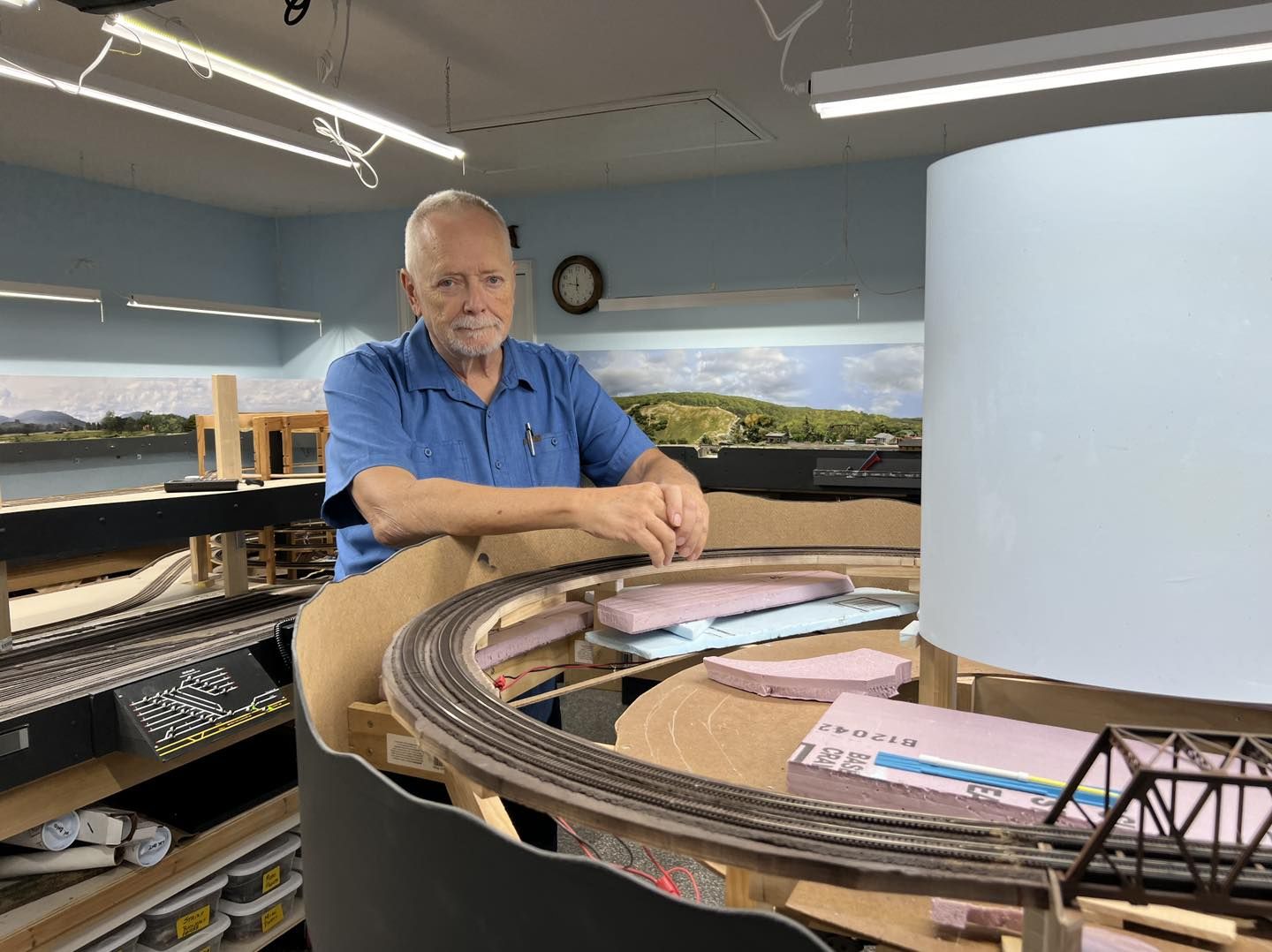
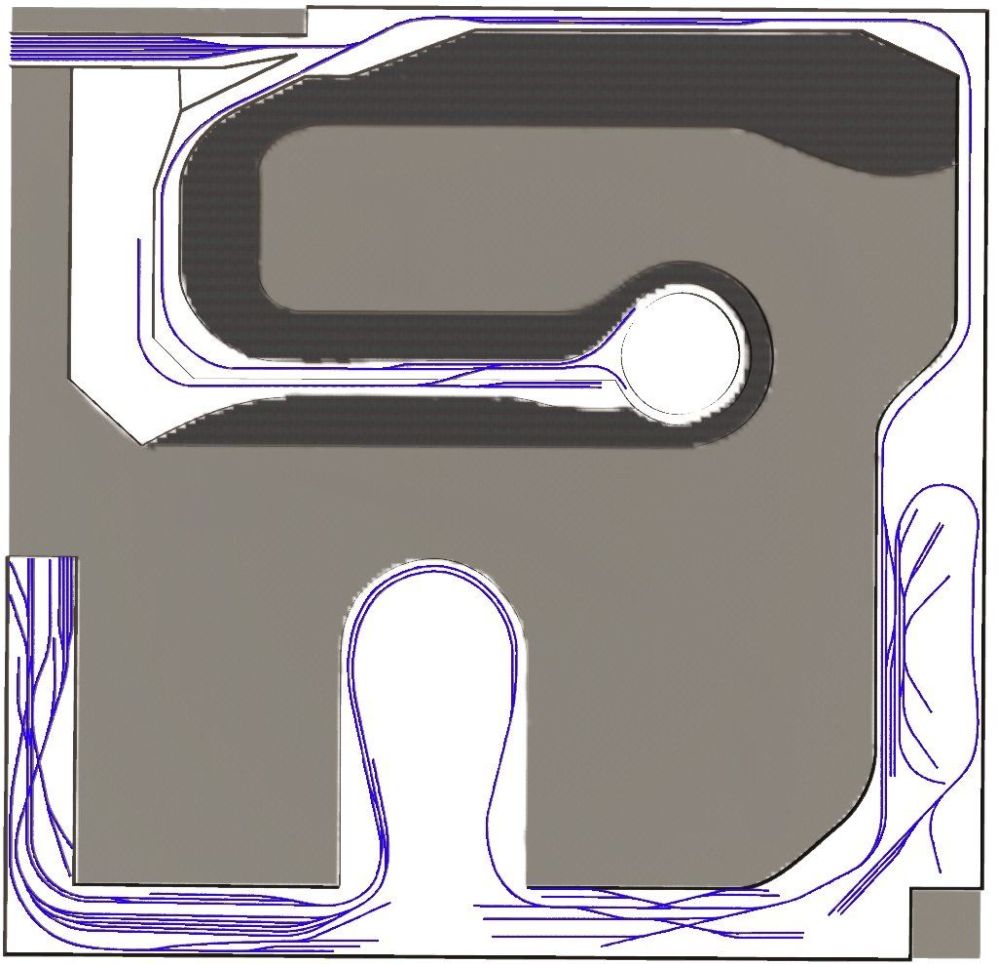
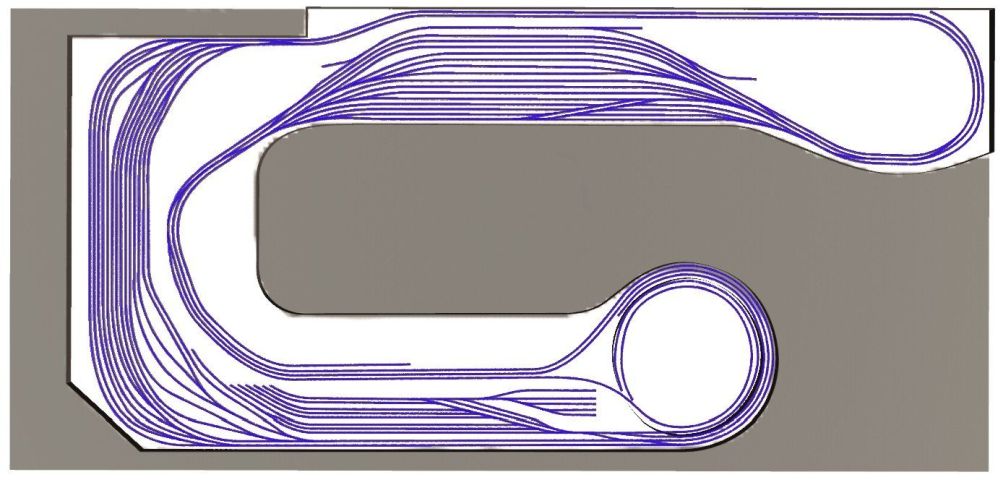
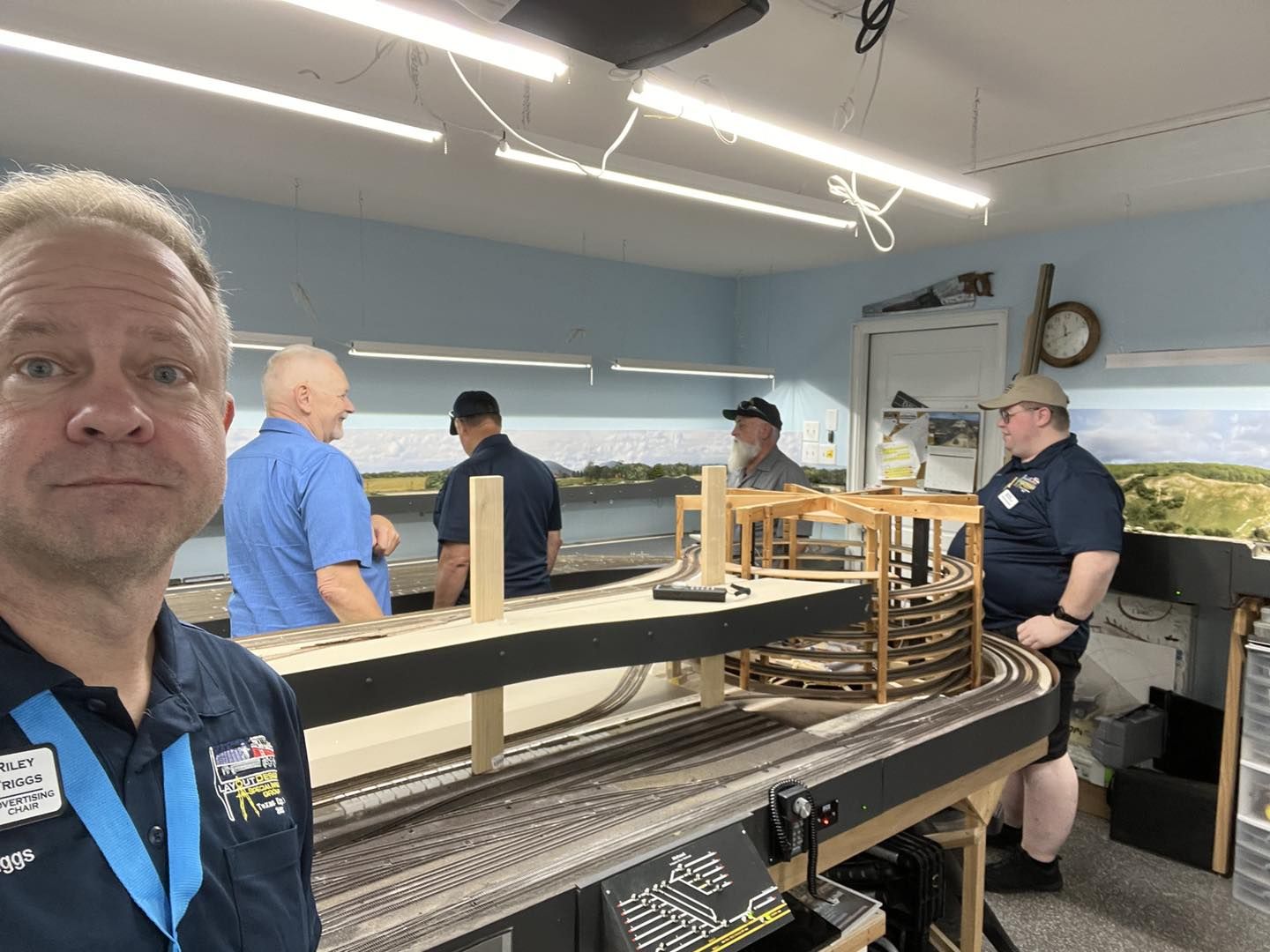
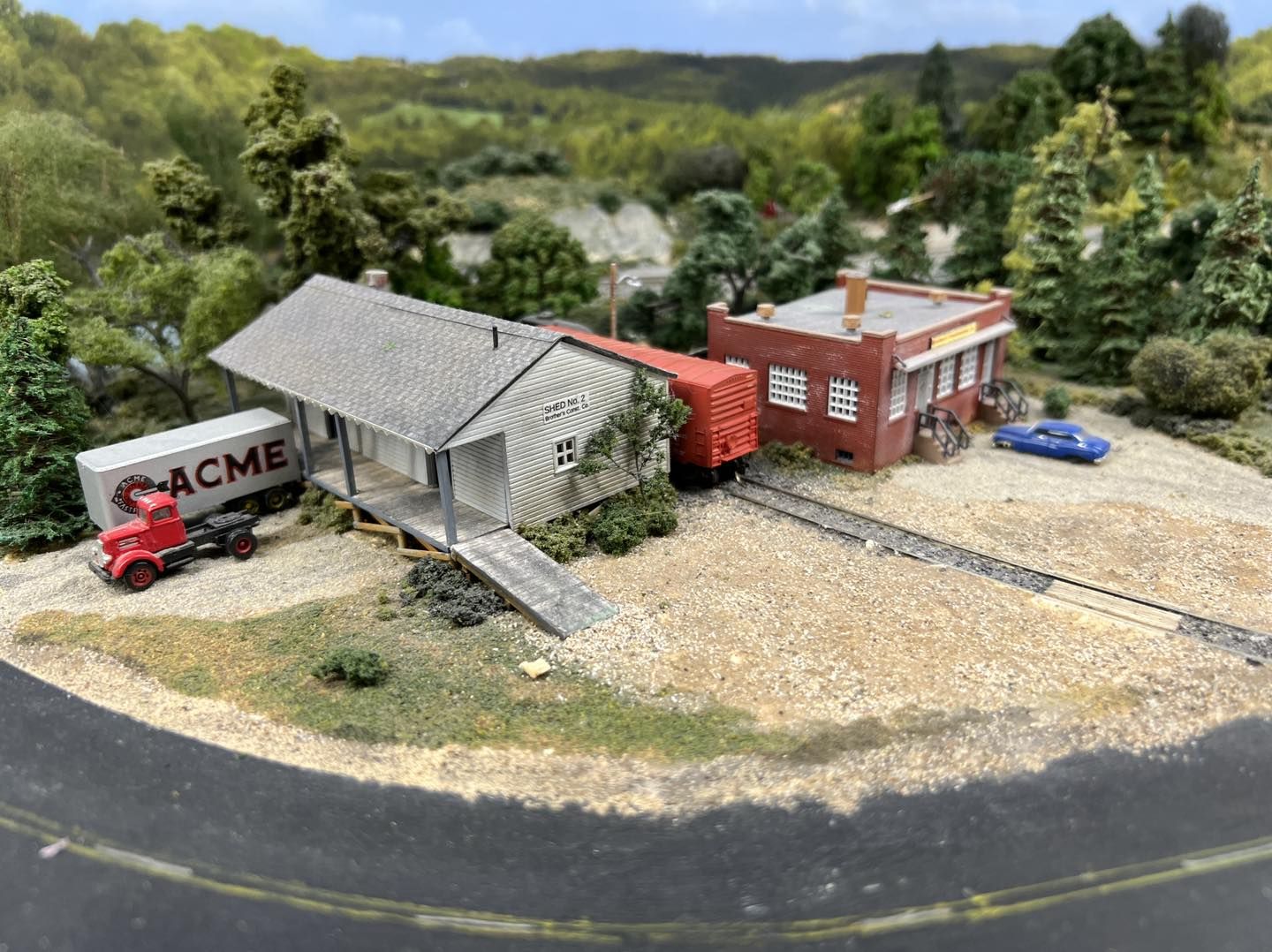

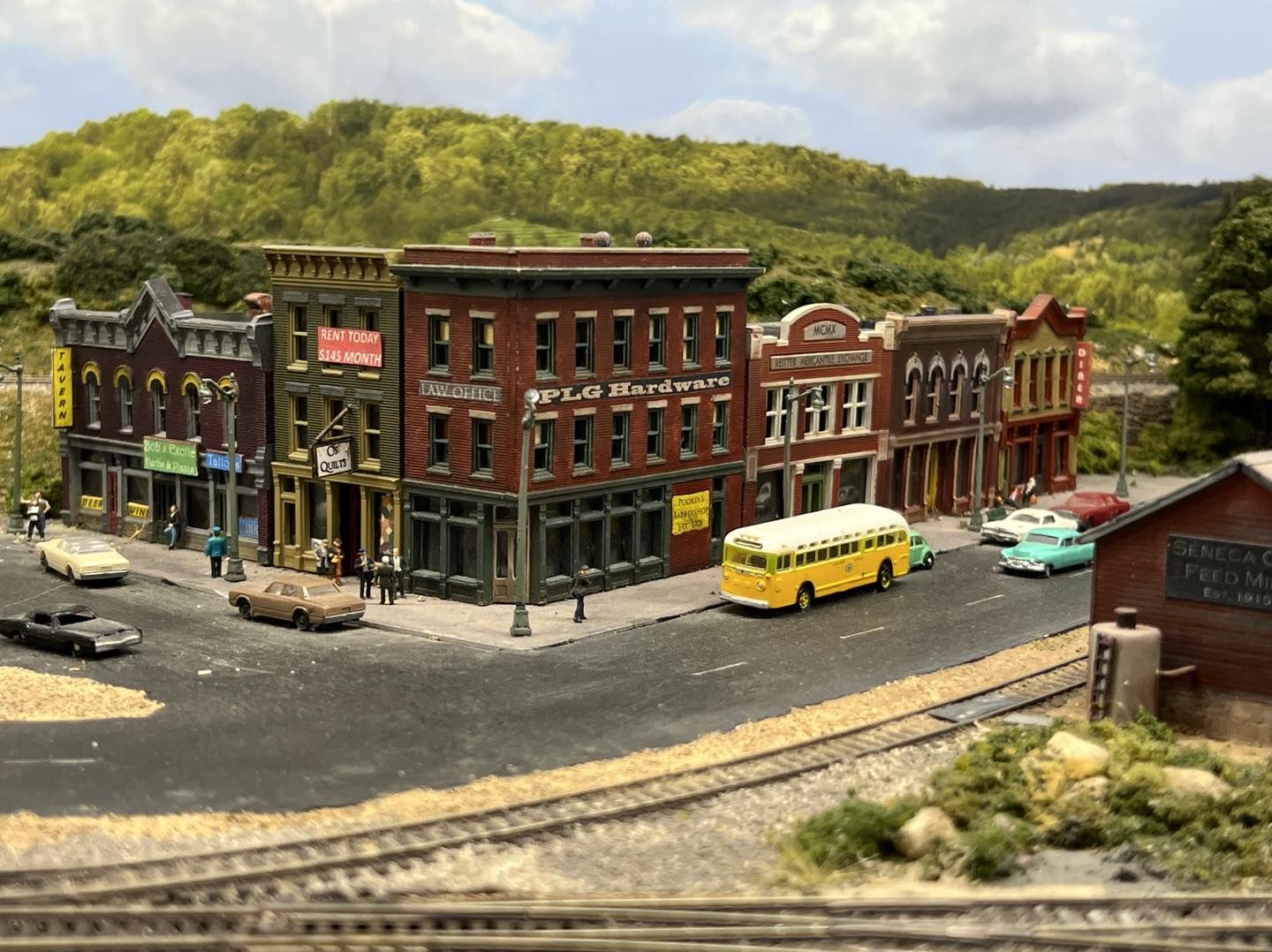
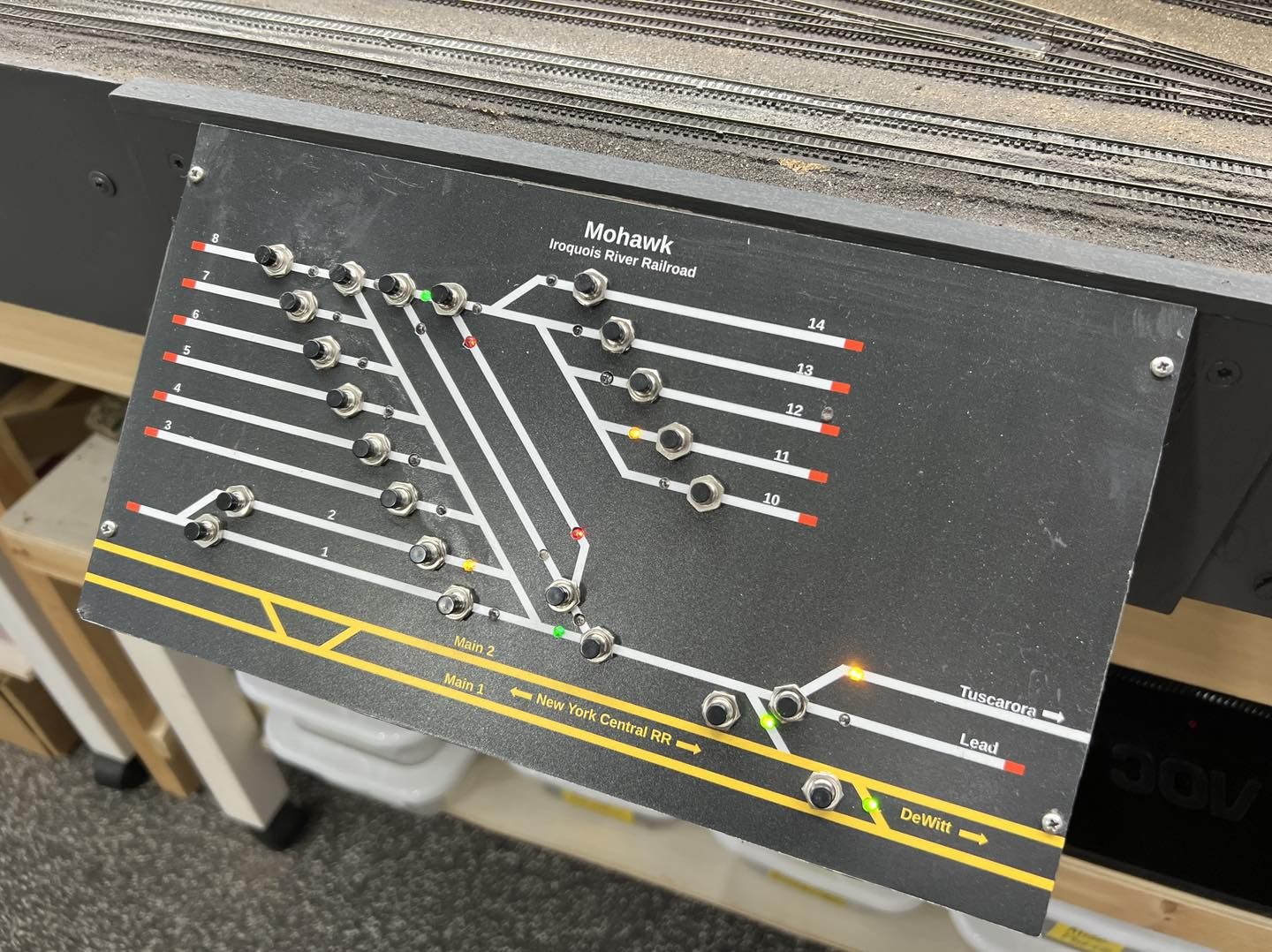

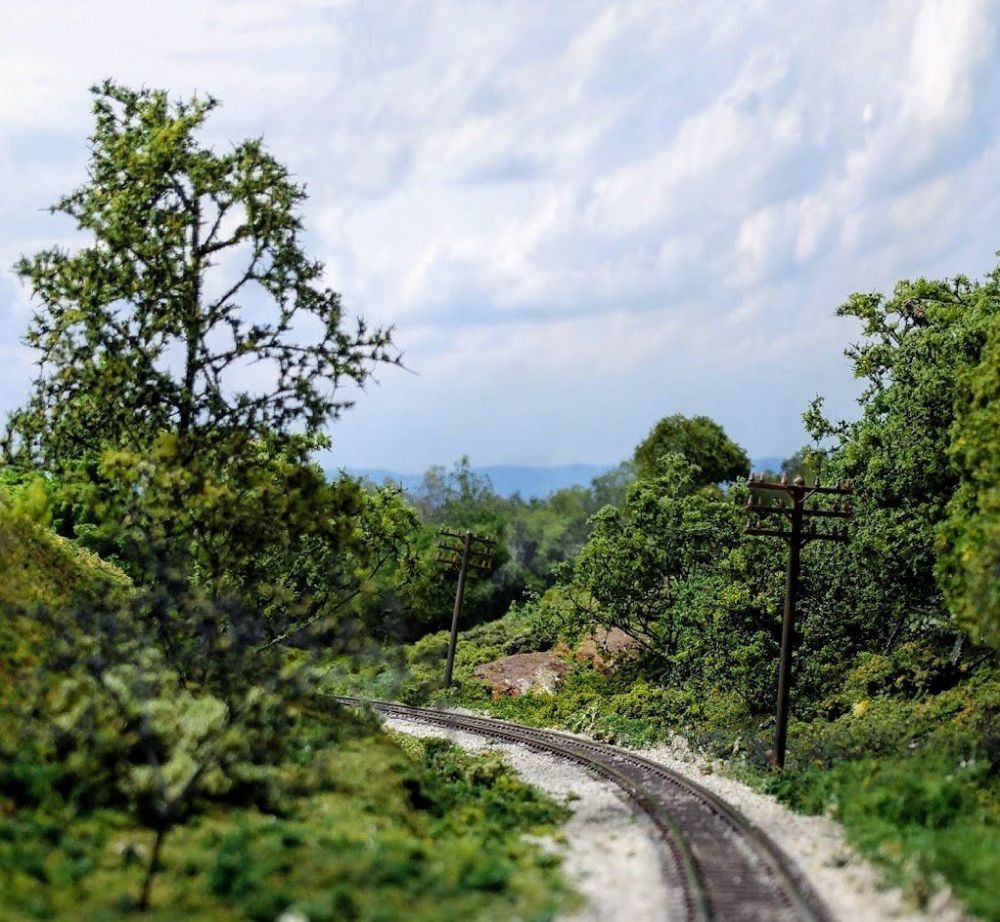
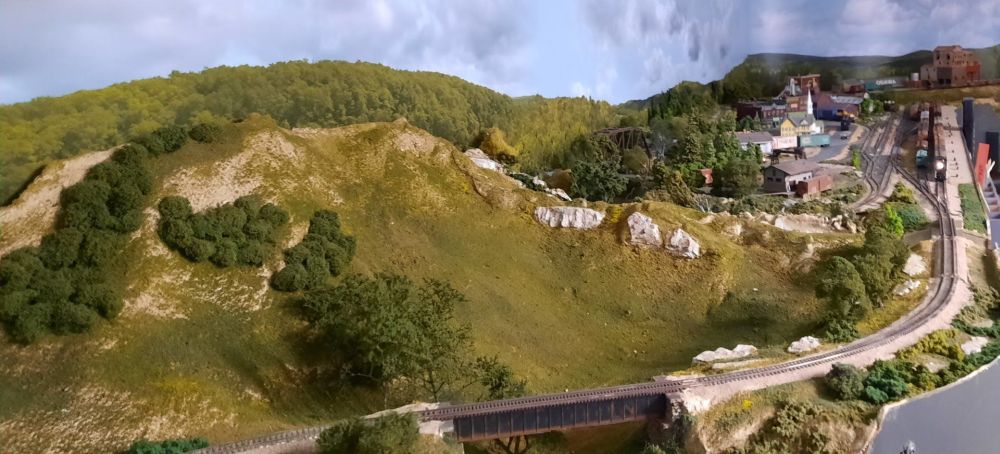

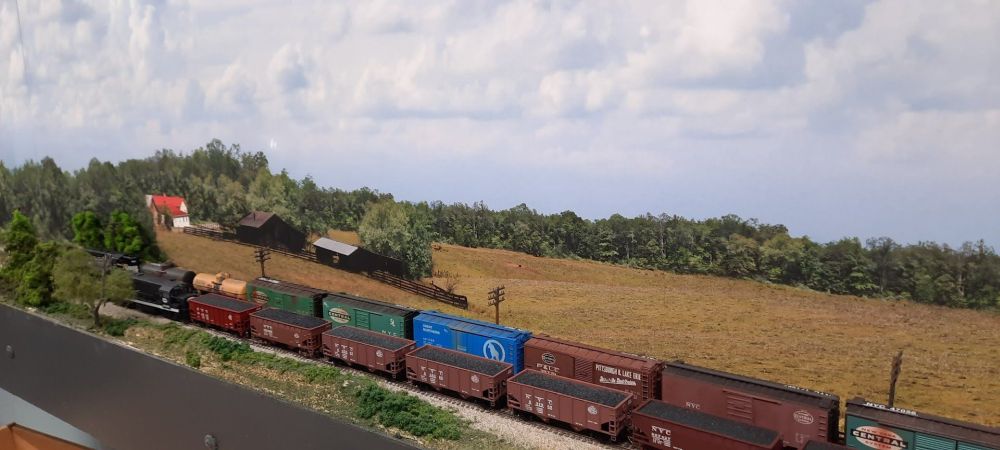

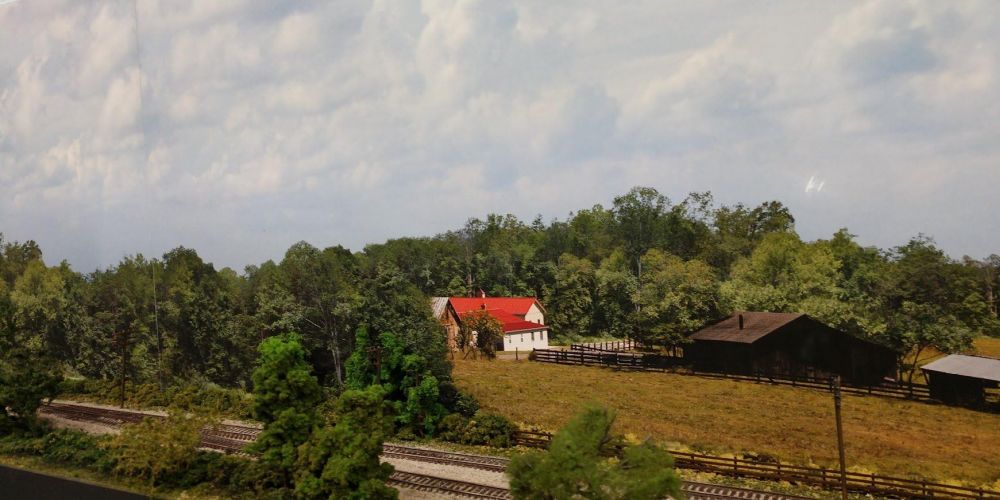
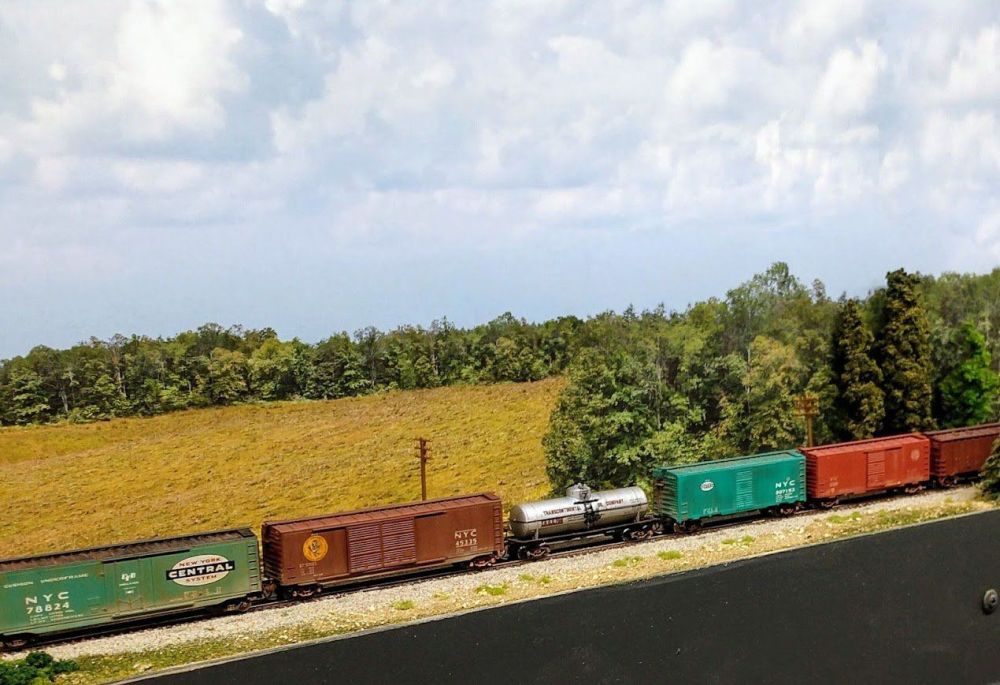
|

































